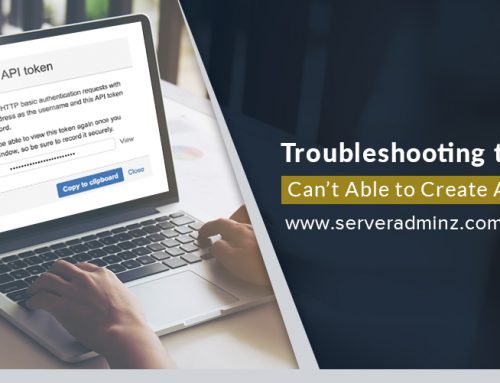It monitors the Amazon web service resources and also monitors the application which is running in the AWS. It also uses cloud metrics. It is a variable which will measure your resources and applications running on AWS.
CloudWatch uses alarms for sending the notifications or automatically make changes to the resources. Cloudwatch monitoring is based on the rules that you define.
Eg:
- You can monitor the CPU usage, disk reads and writes of your Amazon EC2 instances and then use this data to determine whether you should launch additional instances to handle the increased load.
- With CloudWatch we can find the gain system-wide visibility into resource utilization, application performance, and operational health.
How to Acces CloudWatch
We can access the cloud watch using the below methods/techniques. They are as of below.
- Amazon cloud watch console.
- AWS CLI.
Amazon cloud watch console
It is a browser-based GUI for Amazon Web Services (AWS). Through the console, a customer can manage their cloud computing, cloud storage and other resources running on the AWS.
AWS CLI
It is an Amazon Web Services tool that enables developers to control Amazon public cloud services by typing commands on a specified line.
How to install the AWS Command Line Interface
In Linux, Windows, and macOS the AWS CLI is a pipe.
Python package manager provides an easy way to install as user-friendly.
Before installing Python 3.4 on Linux we need to check whether Python is already installed or not.
- By using command
# python –version
Ubuntu
# apt-get install python3.4.
Redhat
# yum install python3.4.
Cloud watch API
Query requests used with Amazon CloudWatch are HTTP or HTTPS requests and a Query parameter named Action or Operation. This method also uses actions as well as Operation which is supported for backward compatibility.
In cloud watch API query request are using HTTP or HTTPS that uses the HTTP verb GET or POST and a Query parameter named Action or Operation. It also supports backward compatibility.
Amazon CloudWatch Endpoints
It is basically referred to an URL and also serves as an entry point for a web service. Using this we can select a regional endpoint when you make your requests to reduce latency.
Query Parameters
In this query request some common parameters are used to handle authentication and also the selection of an action. Some API operation takes the list of parameters. These lists are specified using the following notation: param.member.n. Values of n are integers starting from 1. All lists of parameters must follow this notation, including lists that contain only one parameter.
&attribute.member.1=this
&attribute.member.2=that
Request Identifiers
In AWS query every response will have a ResponseMetadata element, which contains a RequestId element. For using this we can track the information by assigning the RequestId element to AWS.
RequestId is including as part of every response, but it is not listed on the individual API documentation pages to improve and reduce readability and redundancy.
AWS SDKs
By using AWS SDKs get started quickly for JAVA. It also helps to reduce the complexity out of coding by providing Java APIs for many AWS services including Amazon S3, Amazon EC2, DynamoDB, and more.
” margin_top=”50px” margin_bottom=”” animation_type=”slide” animation_direction=”left” animation_speed=”0.3″ class=”” id=””]






Leave A Comment
You must be logged in to post a comment.